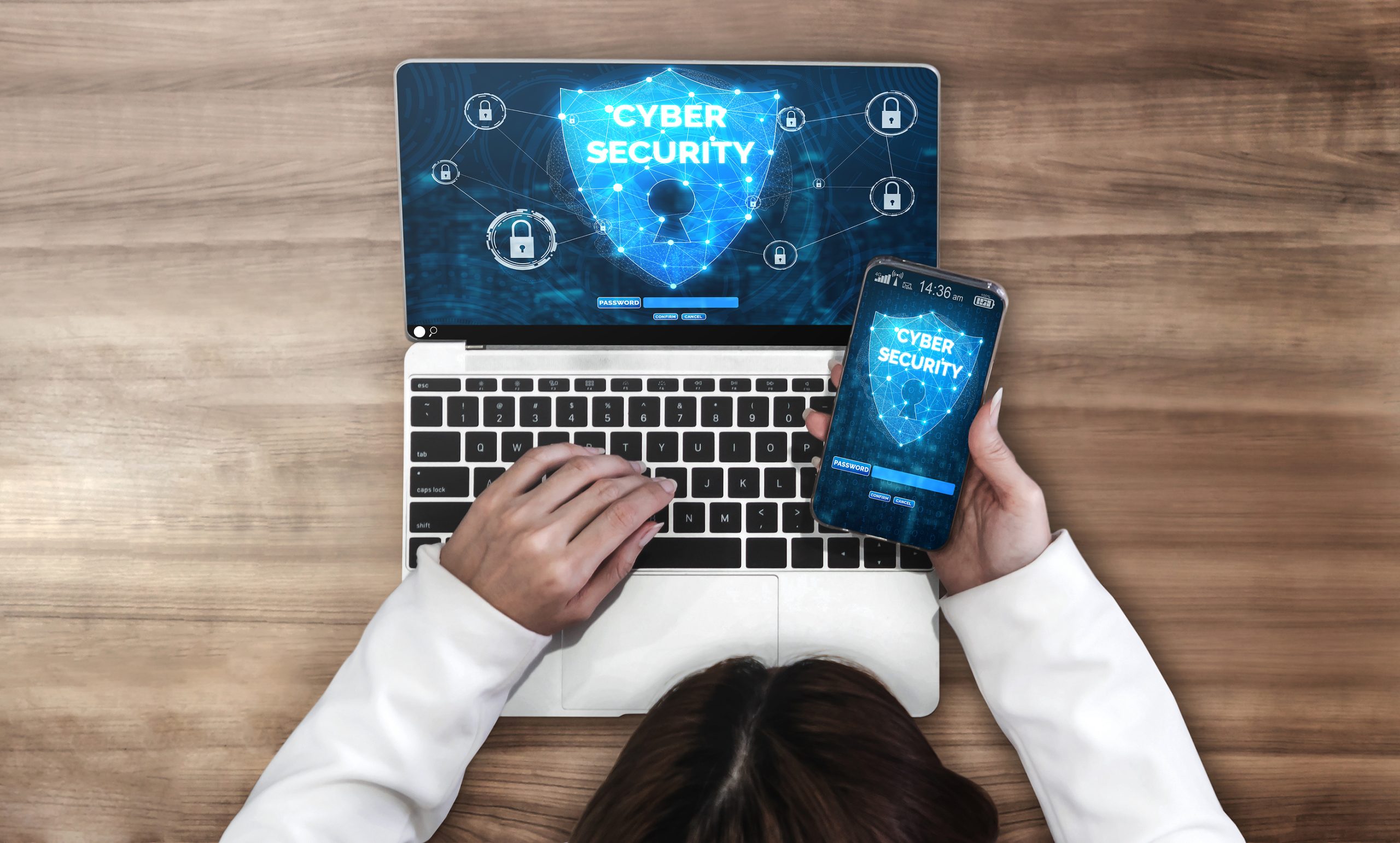There are many layers to any good IT security plan at a Charlotte business. These include things like anti-malware, a network firewall, and password security.
One of the most important layers that isn’t always as strong as it needs to be is employee cybersecurity awareness. Your employees are on the front line of the largest attack vector for malware and data breaches, which is phishing emails.
94% of all malware is delivered via email.
The reason phishing remains the top threat for cybersecurity year after year is because it’s been so successful. Phishing scammers are always coming up with new ways to trick users into giving up login credentials and infect networks with ransomware and other malware.
How well your employees are trained on things like identifying a phishing email or how to handle a confidential document has a direct impact on your bottom line.
In a survey of the US State of Cybercrime, it was found that companies that had security awareness training in place for employees suffered far fewer losses (322% less) due to security incidents than those that didn’t.
The average loss due to an IT security incident:
- Companies that conducted employee awareness training: $162,000
- Companies that did not have employee awareness training: $683,000
How can you put together a stellar and effective employee security awareness program? We have several tips below!
How to Ensure Your Employees Are Properly Trained on Cybersecurity
Proper cybersecurity training is more than just a handout you give out when someone is hired. It should be an ongoing program that keeps cybersecurity front and center and helps create a culture of good IT security practices.
Here are several steps to take to put an effective program into place to ensure your employees are properly trained.
Identify Different Types of Cybersecurity Training
One reason that businesses put employee security awareness training on the back burner is because they think that it has to be a large presentation that’s going to take up a lot of time.
Cybersecurity training doesn’t always mean having to pull a group together into a conference room for a 2-hour presentation on cybersecurity. While you may want to do that once a year, during the rest of the year there are plenty of other ways to infuse IT security into your corporate culture.
Identify the different ways that you can remind and teach employees about IT security and in a way that brings them new information while reinforcing the most important best practices.
Here are some different training formats you can incorporate into your strategy:
- In-person event covering corporate policies
- Short cybersecurity videos focusing on a single topic (like phishing)
- 30-minute video webinars to discuss newest threats
- “Security tip of the week” sent in a company email
- Infographic highlighting best practices (like safe data handling or passwords)
Create a Schedule for Ongoing Education
Repetition is key when it comes to cybersecurity training. Users need to be reminded of cybersecurity best practices, both to help them remember and to let them know your company takes IT security seriously, so they should too.
There are also new situations where new safeguards may need to be addressed, such as when employees work remotely from home.
Create a schedule that will include a rotation of the various forms of cybersecurity identified in the first step above. This ensures employees get a regular repetition of security training so they’re better able to form good cybersecurity habits.
A schedule might look something like this:
- Weekly “Security Tip of the Week” email
- Monthly cybersecurity video
- Quarterly webinar of new threats
- Annual ½ day cybersecurity best practices/policy training
Run Phishing Drills Regularly
Phishing drills are simulated phishing attacks that users don’t know you’re doing. An IT professional will send a safe simulation of a phishing email to all employees and then monitor actions taken.
The goal is to see how many people were fooled by the phishing email and clicked on it, which would have resulted in a malware infection if it had been real.
The goal is to educate users and then through a series of regular drills, hone their skills so they can more easily and instantly identify a fake phishing email in their inbox.
Provide a Cybersecurity Resource for Questions
Employees can make mistakes when it comes to cybersecurity when they have to make a snap decision on their own and don’t have a resource to go to.
For example, if a customer calls in and starts giving their credit card number over the phone, an employee may not know how to handle what to do with the information, so just decide to save it in a text file on their computer (insecurely).
Make sure your team has an IT security resource they can message, email, or call with questions and encourage them to do so. That way they’re not left on their own to decide.
If the employee has a resource that they can ask what to do, they’re much less likely to make a mistake that can cause a data privacy violation or malware infection.
Need Help With Employee Cybersecurity Training?
Rocky Knoll Technologies can help your business put an effective cybersecurity awareness program in place that protects your network and instills IT security best practices into your corporate culture.
Contact us today to schedule a consultation. Call 704.594.7292 or reach us online.



